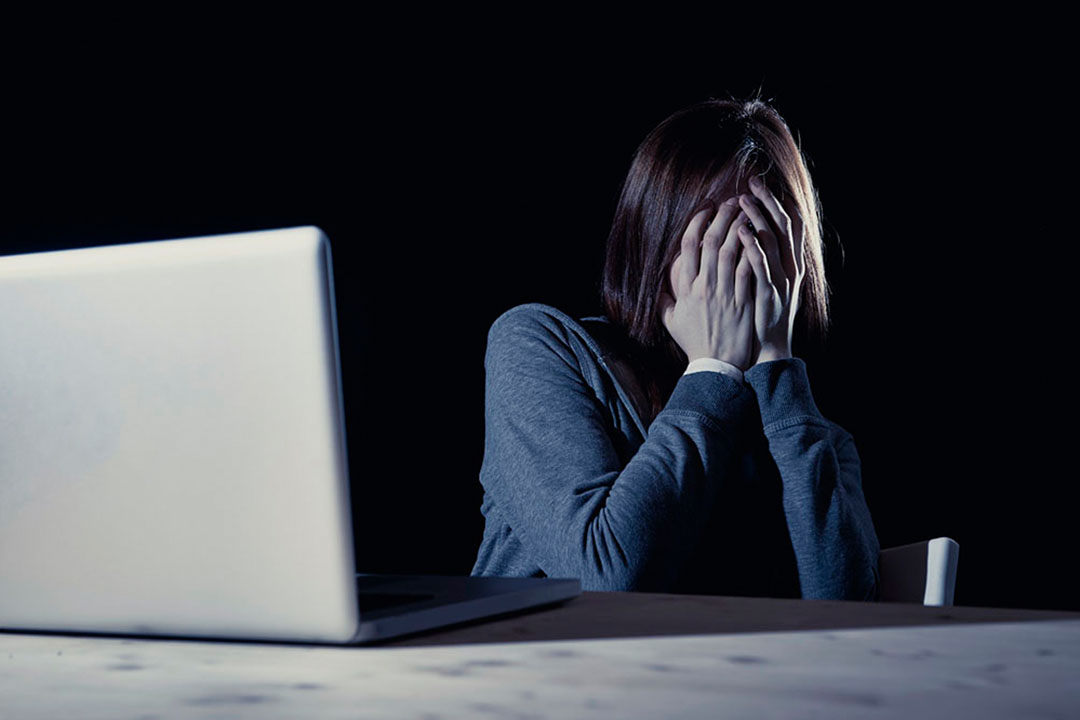Bullying in schools has rapidly changed over the past few years, shifting from simple traditional bullying to more complex and subtle methods of cyberbullying, but both methods have tremendous impacts later in life.
A new study from a pair of researchers at the University of Toronto and the Memorial University of Newfoundland looks at one particular issue that many adolescents develop due to bullying victimization: symptoms of post-traumatic stress disorder (PTSD). PTSD is a mental disorder that can follow a traumatic event. Its symptoms can include recurring nightmares and intrusive flashbacks to the trauma.
Previous research had established that bullying was associated with PTSD among adolescents. However, the development of these symptoms over time has not been well understood, and the researchers aimed to fill this gap in the literature by surveying 510 Canadian students in grades seven and 10.
Faye Mishna, a professor at the Factor-Inwentash Faculty of Social Work and the Department of Psychology, was the author of this study. In an interview with The Varsity she explained her approach, saying she found it to be “really important to get the views of the kids, the parents, and the teachers because they’re all very involved, and they might have different perspectives.”
Traditional bullying and cyberbullying
Traditional bullying is physical, whereas cyberbullying happens online over social media or messages. However, there are many differences and similarities between these two methods that were not as apparent before the study. A key thing the researchers discovered was that there is always a power imbalance, as well as an intent to hurt.
When it comes to traditional bullying, the power dynamic exists because one person is usually larger or more popular than the other, whereas in cyberbullying, the imbalance may come from how tech-savvy one is over the other.
Mishna also mentioned that the way bullying is repeated is quite different in cyberbullying. “For example, if somebody sent out a cyberbullying message about me, they might only just send one to one person. And we know that… people can be sending it all over. So that’s one way [that cyberbullying] is different.”
However, a way that these two forms of bullying are similar is in the consistent effects and prevalence of PTSD symptoms in victims. The effects over time also remain similar, with symptoms of PTSD being greater with more experiences of either traditional or cyberbullying. However, bullying was not found to have lasting PTSD symptoms, and they found that symptoms wear off over time.
Relationships in bullying
Common wisdom might say that the effects of physical bullying are temporary, as physical injuries that are inflicted can heal over time. But this ignores the fact that bullying victims don’t just get injured — they get injured by someone with the intent to injure them. Within this context of a relationship, the bullying is not just physically harmful but emotionally harmful as well.
Mishna also noted that there are different social expectations for enduring bullying depending on the victim’s gender, and that these expectations may prevent full appreciation of the emotional pain bullying causes.
For boys, physical bullying might be seen as par for the course and might even be downplayed since physical injuries can heal. But that ignores the emotional pain of bullying, Mishna explained. Among girls, cyberbullying can be chalked up to adolescent ‘nastiness’ over popularity or relationships.
“Those aren’t so much statements just about boys and girls; it’s about what the expectations are, and what we let people get away with,” Mishna explained.
The sharing of private pictures is another example of socially-accepted bullying, Mishna said. If a girl shares a photograph with a boy who then shares it with others, the girl might still be told that “she should know better.”
“But they [don’t] say, ‘She should have known better, and he shouldn’t have sent it,’ right?” Mishan said. “It’s problematic for both girls and boys. Girls get blamed. Boys are taught that it’s okay.”
However, despite these issues with cyberbullying, Mishan disagrees that taking away social media is the way to solve it. “Social media is not the cause of it… [but] it really makes it apparent.”
Instead, since cyberbullying does happen among peers and is not as anonymous as previously believed, Mishna believes that regulating these issues is the school’s responsibility. “It might happen outside,” she said, “but it’s affecting the relationships in the class.”


